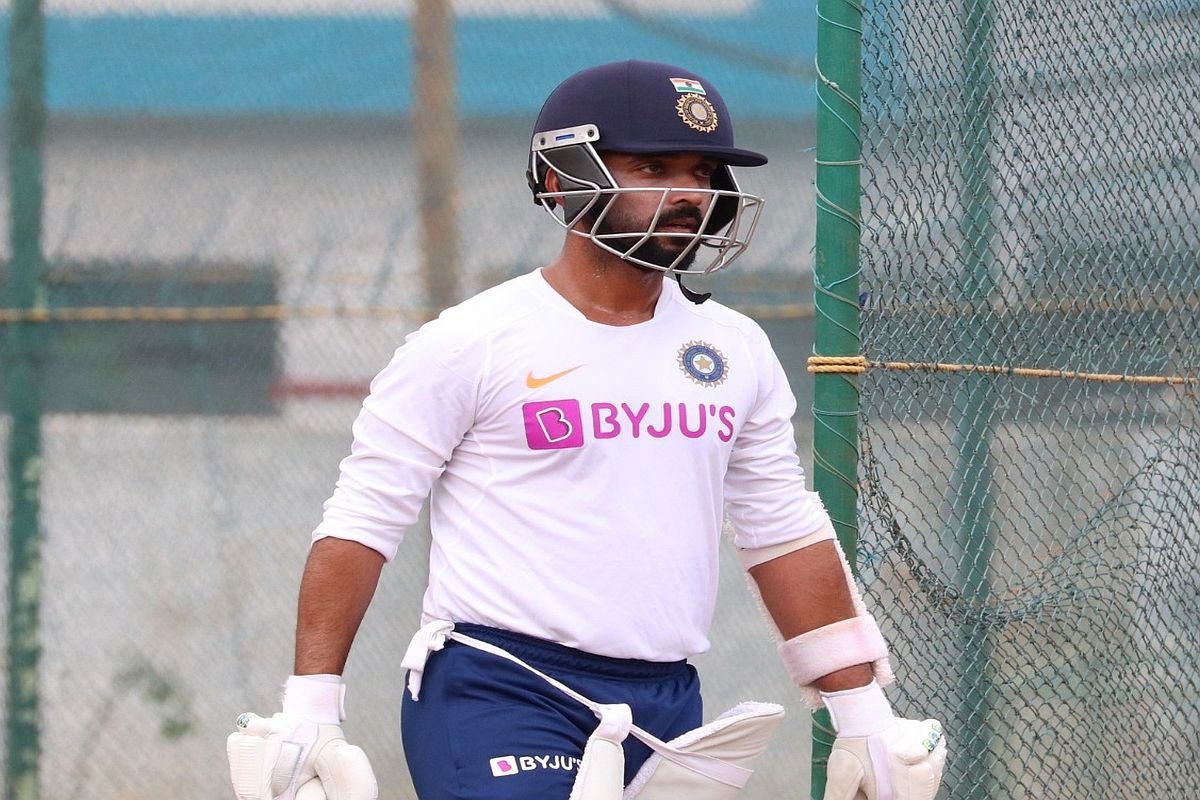A sixth eye
On 20 November 2024, Japan hosted a gathering of senior enlisted members from the Five Eyes intelligence partnership in Tokyo.
This is when you think back to when the competition was being hawked, with the leading lights of cricket presumably persuaded to tell fans across the world that it would give Test matches the right kind of context.

Ajinkya Rahane file image. (Photo: IANS)
Ajinkya Rahane having accomplished the considerably more difficult task of leading India to victory against Australia in Australia, it has now fallen to Virat Kohli, part of the horror story at Adelaide, to beat England in a home series by a two- Test margin for the team to make the final of the World Test Championship.
So the four-match contest is said thus to have had new life infused into it, with England being tasked with winning three Tests to achieve the same objective. That could be easier said than done, given the hosts’ current form and the visitors’ rotational selection policy, which is aimed at preserving collective endurance through long, difficult and commercially important seasons but is known sometimes to wreck a team’s combinational balance.
This is when you think back to when the competition was being hawked, with the leading lights of cricket presumably persuaded to tell fans across the world that it would give Test matches the right kind of context.
Advertisement
The coronavirus eventually proved a bigger one though: a singularly negative phenomenon with a numbing potential for decimation of human lives aplenty. How it played havoc with everything is duly recorded – the toll, the utter desperation, the fear – but cricket finding itself up against it was only a footnote in the elaborate narrative encompassing virtually the whole of the world.
And, having waited and watched for some while, it decided that the business of making money could no longer be held over. England then thought up matches without spectators in a bio-secure bubble even as Covid-19 went on making its horrific presence felt. Many scheduled engagements were scuppered though, forcing the International Cricket Council to switch over to a percentage points system for the WTC, much to the initial consternation of India, who saw a threat in the revised calculations.
But as Chennai now witnesses the first Test, all that they perhaps think of is being New Zealand’s rival in the summit showdown, to be held at Lord’s in June. Should India win it, they will have taken revenge for their defeat by Test cricket’s officially designated top current lot who made the most of their home conditions.
Before that, however, is the England series, in which the hosts are the favourites, overwhelmingly so. Of particular interest will be India’s choice of their bowling attack, now that they are back home. But the stalwarts of yesteryear who consider the two-three or three-two options, essentially trying to anticipate what spinners are being counted on to do, also acknowledge that India can pull it off with whatever experiment they decide on.
That is the kind of optimism the two successive Test series triumphs has engendered. Which is why they should not call for pitches that will nullify the Jofra Archer threat. The Indian batsmen who have coped with the short stuff in Australia can be trusted not to curl up like carbon paper dealing with the England paceman.
Advertisement